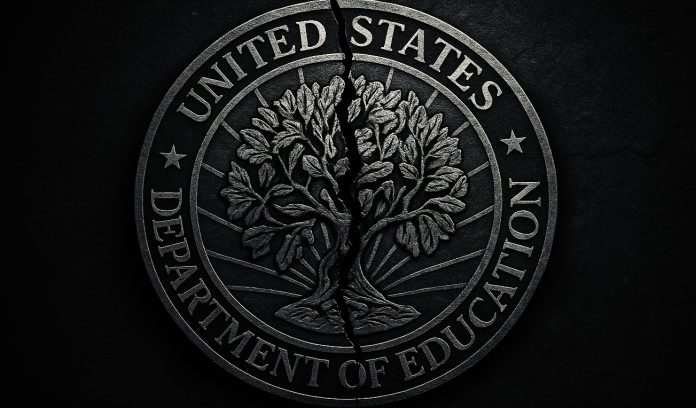Tulsa, OK – Welding programs across the country are bracing for major shifts in federal student aid eligibility as new rules governing loans, grants, and program performance take effect in 2026. Because welding education is often delivered through short-term, clock-hour trade programs, it is one of the fields most directly affected by the updated federal requirements.
According to federal guidance, welding programs that are unaccredited, non-credit, or under 150 instructional hours are not eligible for Title IV financial aid. Programs between 150 and 600 hours must now meet Workforce Pell requirements, including a minimum 70% completion rate, 70% job placement rate, and tuition costs that do not exceed the program’s value-added earnings based on graduates from prior cohorts.
Beginning July 1, 2026, welding programs must also pass the federal “low earnings outcomes” test. Under this rule, welding schools will lose access to federal Direct Loans if their graduates earn the same or less than local workers with only a high school diploma for two out of three measured years. In regions where starting welding wages are modest—particularly in entry-level fabrication or rural markets—some programs may struggle to meet this benchmark.
Schools warn the changes could reduce enrollment and slow entry into an industry already facing skilled labor shortages.





